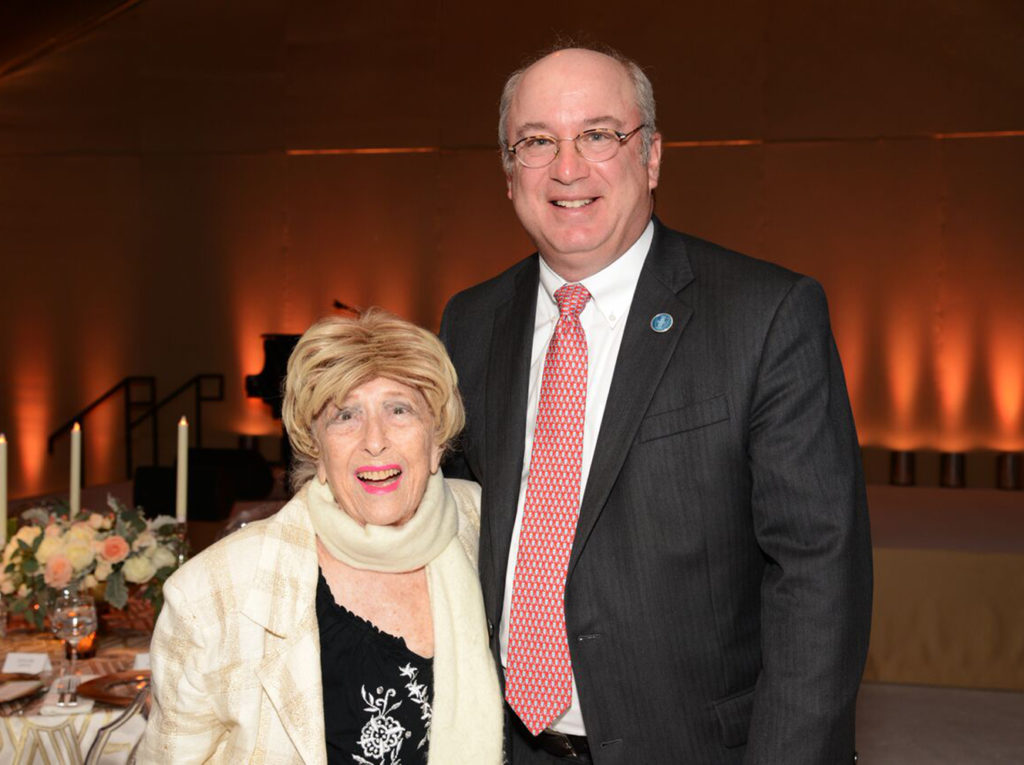Josh Metlay, MD, PhD, wants to move new tests and treatments into primary care faster. As chief of General Internal Medicine overseeing primary care at Massachusetts General Hospital, Dr. Metlay knows it can take years, or even decades, for a new technology or innovation to make its way from the lab to the clinic, especially in primary care. Applying an innovative approach called “implementation science,” he is accelerating adoption of new ideas and seeing them tested in real world clinic settings, at the same time as they are under evaluation in clinical trials. He recently discussed this new approach.
We know the problems that need to be solved, so let’s figure them out now.
What are the challenges of bringing innovative ideas out of the lab and into the clinic?
As technologies are developed in laboratories and tested in clinical trials, there is inevitably a long translational period between the time when they are approved for use and eventually adopted into routine clinical care. Typically, it’s not until the technology is completely through the testing and approval stages that the process of determining how, when and where to use it with patients even begins. That translational gap, often measured in decades, is frustrating for people who, in their lifetime, want to see the impact of these technologies.
How can implementation science play a role?
Implementation science is the study of bringing proven new technologies, drugs or behavioral interventions into real world clinical settings. In the old days we’d push to bring a new technology to clinical trial, then five years later the results would be published showing the technology can save lives. Then we’d say, “How do you get this new proven technology to be used in our primary care practice sites?” And there would be another series of studies to show how to implement it in primary care and understand the obstacles that might delay its use.

But rather than address these questions over a long sequence of independent studies, now we’re asking, “Why can’t we prove the effectiveness of the technology and figure out how to use it in routine settings at the same time?” We know the problems that need to be solved so let’s figure it out now.
How does it work?
We take a technology in development and ask questions like: Will it work in real settings like a doctor’s office? We try to understand, early on, what the barriers are to getting it into routine care. If we have a screening device that we want to use during a primary care visit, for example, we need to know at what point during the visit it should it occur? How should it occur? How do you explain it to the patient? How are the results handled? Though these types of questions don’t often get as much attention in the scientific process, they are very important because they address the barriers that often delay use of lifesaving interventions in the population.
How do you protect patient safety?
It’s important to recognize that, in order to accelerate the use of these new technologies in primary care, we need to be certain that the new tools we are testing are not going to do more harm than good. That’s why this approach works well for tests designed to provide early diagnosis of diseases where we are likely to provide a benefit to the patient.
What projects are you working on?

We are already testing a tiny imaging device embedded in a capsule that can be swallowed by a patient. Once inside the patient’s esophagus, it captures pictures that can ultimately be used to look for signs of Barrett’s esophagus, a precursor to cancer. It is being developed at Mass General in the lab of Guillermo (Gary) Tearney, MD, PhD, with the generous support of a local family foundation. We tested it first in a single primary care physician’s practice and now we are testing it in a dedicated facility at Assembly Row in Somerville at one of our primary care practice sites. Even as we move forward with this testing, Gary’s lab is continuing to improve the device, making it more portable and easier to use.
What else is in the pipeline?
We have a pilot program where we are looking for technologies that are earlier in development and may be ready for us to test in a primary care clinic in the next year. We’re asking people to come forward with their projects and we are reviewing proposals. Then we will plan the process together and create a partnership between the translation scientists and the front-line physicians much earlier in the process. We are building a pipeline of good ideas.
What’s the goal at Mass General?
Healthcare is filled with really useful tests and treatments that are still not routinely used because no one thought through the practical, physical, financial, cultural and time barriers to implementation. Despite the fact that it may have been a really great idea, it just didn’t make it past these hurdles. We are trying to change that at Mass General with this new approach.
For more information about advancing innovation in primary care or to make a donation, please contact us.





